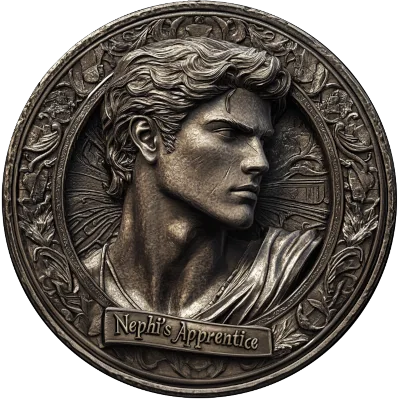Your cart is currently empty!
We all want our youth to develop real gospel confidence—not just the kind that shows up on paper. But too often, youth firesides are either stiff and over-directed… or chaotic and off-topic. There is a better way.
A youth-led fireside can be a powerful tool for spiritual strength for teens, especially when it’s built with the right structure, support, and Spirit. When youth take the reins with just the right amount of coaching, the result can be unforgettable.
Whether it’s a class-level devotional or a stake youth activity, this guide will help you pull it off.
Why Youth-Led Matters
We’ve all heard that youth should “lead,” but what does that actually mean? Leadership isn’t just being in charge—it’s feeling responsible for something sacred. When young people create and direct their own spiritual experiences, they internalize the gospel in a way no lesson alone can achieve.
These moments build the kind of LDS youth leadership ideas that stay with them into adulthood.
Step-by-Step: Planning a Youth-Led Fireside
1. Set the Spiritual Objective Together
Don’t pick a theme for the youth. Facilitate a brainstorming session. Ask:
- What gospel principle are you curious about?
- What has helped you feel closer to Christ?
- What does our quorum/class need right now?
Encourage themes like “Choosing Light,” “Hearing the Spirit,” or “Becoming More Like Christ.”
2. Assign Roles Thoughtfully
Instead of saying “who wants to speak?” divide the night like this:
- Greeters
- Music and Tech
- Conducting
- Opening/Closing Prayer
- 2–3 Youth Talks (3–5 mins each)
- Object lesson
- Testimony segment
- Refreshments and cleanup
This allows even quieter youth to serve in meaningful ways. It’s also a great way to practice youth leadership training in a low-risk environment.
Keywords: lds youth leadership ideas, youth spiritual growth activities
3. Mentor—Don’t Micro-Manage
Assign an adult leader to each youth speaker as a “coach,” not a script writer. Help them focus on personal experiences, not perfection. Encourage scriptures and real testimony.
If something is doctrinally off, correct it gently. If something is heartfelt but unpolished? Let it stand.
4. Create a Safe Space
Make sure everyone involved knows the expectation is sincerity, not showmanship. A short fireside (25–35 minutes) done well is more impactful than an hour-long slog.
End with open testimonies only if your group is mature and emotionally safe enough to support each other. If not, close with a powerful testimony from a leader and reflect quietly.
Simple Add-On: “Faith Card Exchange” (5–8 min)
Have each youth write down a piece of advice or a spiritual insight on an index card during the fireside. Collect, shuffle, and redistribute. Let them take home someone else’s words—anonymously. It turns personal reflection into a quiet act of ministering.
Firesides Are For Building, Not Just Broadcasting
A youth-led fireside is not about putting on a show. It’s about inviting youth into the spiritual creation process, letting them taste the joy of contributing to others’ faith. It’s not about polish—it’s about power.
And it’s one of the best ways to help them internalize the idea that their testimony matters.
👉 Want help making your next fireside a success?
Forged in Faith’s Youth Leadership Builder Pack includes sample outlines, theme suggestions, and coaching templates to help your youth plan a powerful spiritual event—start to finish.

Leave a Reply